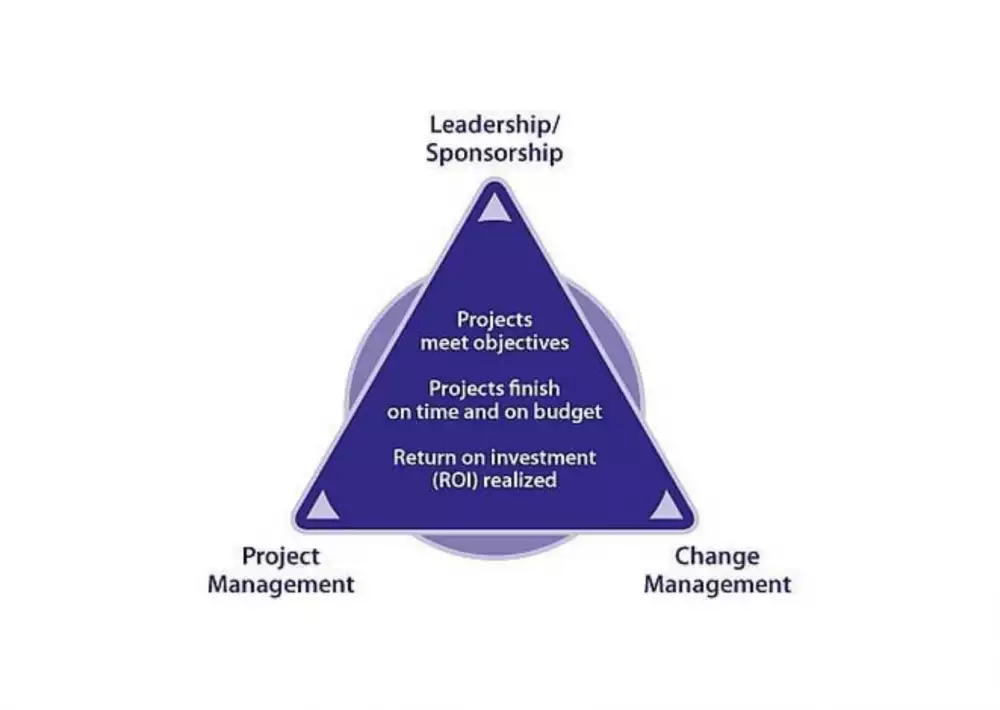 Freestone Advisory EN
Freestone Advisory EN
 Freestone People EN
Freestone People EN

Are you planning a structural change in your company?
Do you want to successfully apply an FMIS or other proptech technology?
Do you want to switch from traditional workplaces to a hybrid way of working?
A change within an organisation is often conceived from an organisational perspective. In reality, the organisation consists of individuals who ultimately work in that (changed) environment.
With change management, you ensure that the people in the organisation go through the transition as quickly and smoothly as possible, so that both the people and the organisation can make use of the benefits that the change is intended to bring about.
The bigger the change (for example, because it affects the entire way of working, the culture, processes, cooperation, teams, etc.), the more important it is that change is managed well.
Change management is the process, the tools and the techniques with which the human side of a change is managed in order to achieve the desired business results.
The proper use of change management reduces resistance from employees and increases the chance that the change project will be successful by up to six times. In addition, with change management, the right change competencies are built up within the organisation, which is advantageous for a future change process.
Thanks to change management:
Regardless of the type of change involved (business processes, working methods, digitisation, etc.), don't make the mistake of starting change management too late, for example when your employees need to be trained.
Be open about the upcoming plans, involve certain colleagues in the improvement process, so they can already get used to the idea of the change.
From the moment a change project starts, there is usually sufficient consultation between the project managers of the project. However, there is often insufficient communication about the plans with the other colleagues. Communicate on a regular basis about the expectations, timeline, etc. and provide interim updates. and provide interim updates.
Changes are usually based on strategic reasons: higher efficiency, advantage over the competition, increased customer satisfaction, aiming for more margin, etc. It is the management of an organisation that decides on changes, but it is the employees of an organisation who have to deal with it to make the project a success. Pushing through changes does not work. Involve employees from all layers of the organisation during the entire process: they are all stakeholders.
Changes sometimes require an adjustment to the corporate culture. It is therefore important that the employees realise that change is necessary to support the success and progress of the organisation. By paying attention to the mentality, the mindset and the behaviour of people, the company culture can be transformed, giving the change process a greater chance of success.
One should not make the mistake of not understanding people who are struggling with the change and offer resistance. Show understanding and give them the right guidance to accept the change and understand that the new way of working is an improvement.
Change management is the process, the tools and the techniques with which the human side of a change is managed in order to achieve the desired business results.
The proper use of change management reduces resistance from employees and increases the chance that the change project will be successful by up to six times. In addition, with change management, the right change competencies are built up within the organisation, which is advantageous for a future change process.
Thanks to change management:
Regardless of the type of change involved (business processes, working methods, digitisation, etc.), don't make the mistake of starting change management too late, for example when your employees need to be trained.
Be open about the upcoming plans, involve certain colleagues in the improvement process, so they can already get used to the idea of the change.
From the moment a change project starts, there is usually sufficient consultation between the project managers of the project. However, there is often insufficient communication about the plans with the other colleagues. Communicate on a regular basis about the expectations, timeline, etc. and provide interim updates. and provide interim updates.
Changes are usually based on strategic reasons: higher efficiency, advantage over the competition, increased customer satisfaction, aiming for more margin, etc. It is the management of an organisation that decides on changes, but it is the employees of an organisation who have to deal with it to make the project a success. Pushing through changes does not work. Involve employees from all layers of the organisation during the entire process: they are all stakeholders.
Changes sometimes require an adjustment to the corporate culture. It is therefore important that the employees realise that change is necessary to support the success and progress of the organisation. By paying attention to the mentality, the mindset and the behaviour of people, the company culture can be transformed, giving the change process a greater chance of success.
One should not make the mistake of not understanding people who are struggling with the change and offer resistance. Show understanding and give them the right guidance to accept the change and understand that the new way of working is an improvement.
There are several ways to apply change management, but the Prosci-ADKAR model is the most widely used change management model. It focuses on the change process of individuals who are exposed to change in an organisation.
ADKAR is an acronym for:

These are critical success factors, to make a transformation journey successful: